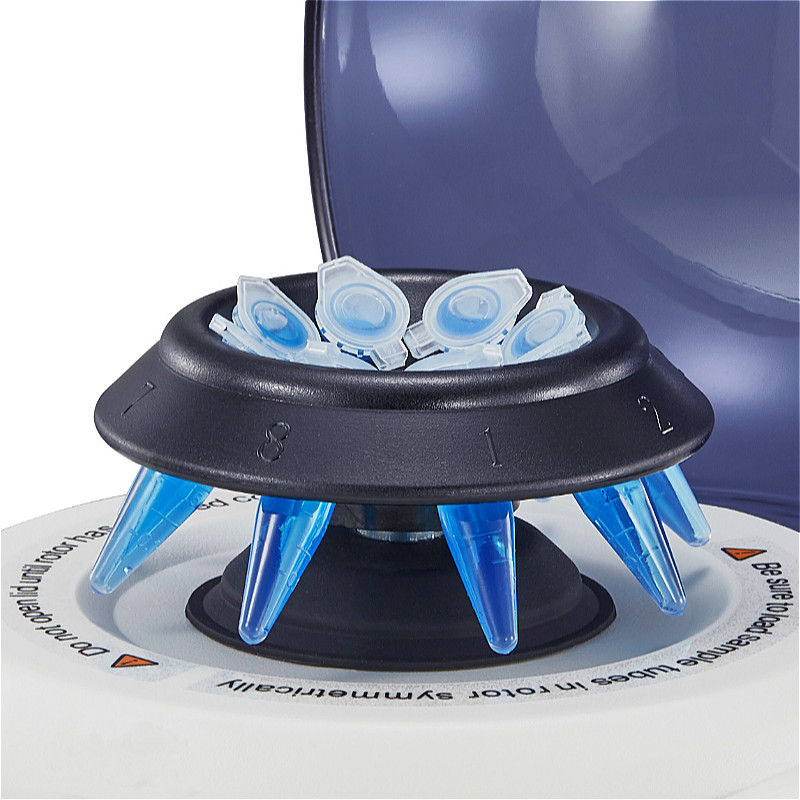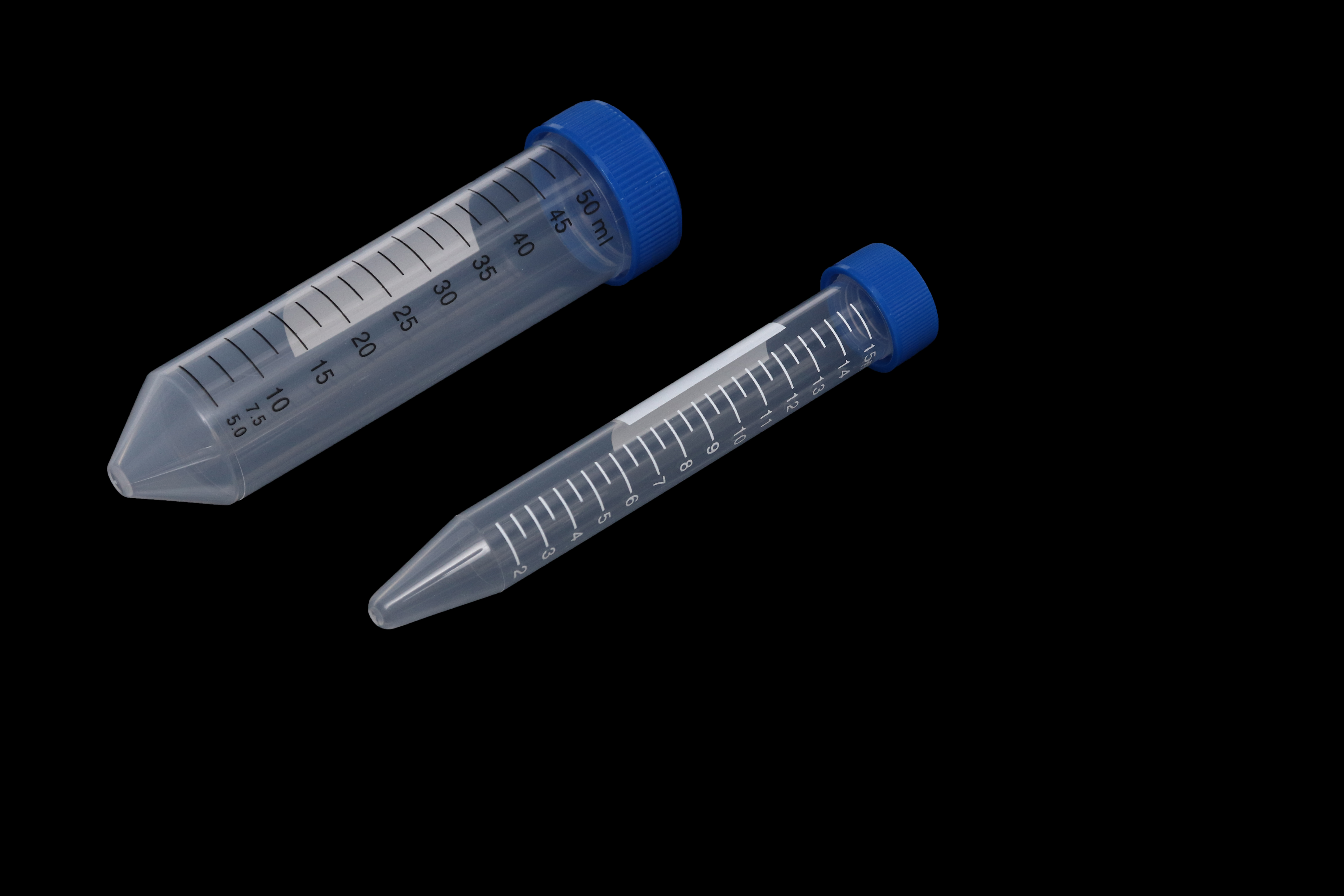Application characteristics and purchasing guidance of centrifuge tubes and centrifuges
This article summarizes some experience on the classification application, purchase guidance and brand recommendation of centrifuge tubes, ultrafiltration centrifuge tubes and laboratory centrifuges, hoping to be helpful to you.
The sample suspension is placed in a tubular sample container. Under the high-speed rotation of the centrifuge, the suspended small particles (such as the precipitation of organelles, biological macromolecules, etc.) settle at a certain speed due to the huge centrifugal force, so that they can be separated from the solution. This kind of tubular sample container with sealing cover or gland is called centrifuge tube.
Application characteristics and purchasing guidance of different materials of centrifuge tubes:
1. Plastic centrifuge tube
The advantages of the plastic centrifuge tube are transparent or translucent, its hardness is small, and the sample can be taken by puncture. The disadvantages are easy deformation, poor resistance to organic solvent corrosion and short service life.
Plastic centrifuge tubes all have caps, which are used to prevent the leakage of samples, especially when used for radioactive or highly corrosive samples; The tube cover is also used to prevent sample volatilization and support the centrifuge tube to prevent deformation of the centrifuge tube. When selecting this point, pay attention to check whether the pipe cover is tight, and whether it can be tightly covered during the test, so as to avoid liquid leakage when inverted.
Among the plastic centrifuge tubes, the common materials are polyethylene (PE), polycarbonate (PC), polypropylene (PP), etc. Among them, polypropylene PP tubes have relatively good performance. Therefore, we try to consider polypropylene plastic centrifuge tubes when selecting plastic centrifuge tubes. Plastic centrifuge tubes are generally disposable experimental apparatus, and repeated use is not recommended. In order to save money, PP centrifuge tubes can be reused as the case may be, but they need to be thoroughly sterilized under high temperature and pressure to ensure the scientific results of the experiment. PE centrifuge tube cannot be sterilized under high temperature and pressure.
The centrifugal force that the product can bear or the recommended speed will be generally indicated in the packaging or instructions of the plastic centrifuge tube. In order to ensure the safety of the experiment and the reliability of the results, the centrifuge tube that meets the speed requirements of the experiment should be selected.
2. Glass centrifuge tube
When using glass tubes, the centrifugal force should not be too large, and rubber pads should be placed to prevent the tubes from breaking. High speed centrifuges generally do not use glass tubes. If the closure of the centrifuge tube cover is not good enough, the liquid cannot be filled (for high-speed centrifuges, angle rotors are used) to prevent overflow and loss of balance. The result of overflow is to pollute the rotor and centrifugal chamber, affecting the normal operation of the inductor. During ultracentrifugation, the centrifuge tube must be filled with liquid, because the ultracentrifugation requires high vacuum, and the deformation of the centrifuge tube can be avoided only by filling.
3. Steel centrifug
The steel centrifuge tube has high strength, does not deform, and is resistant to heat, freezing and chemical corrosion. It is also widely used, but it should also avoid contacting strong corrosive chemicals, such as strong acids and alkalis. Try to avoid corrosion of these chemicals.
Post time: Nov-09-2022



